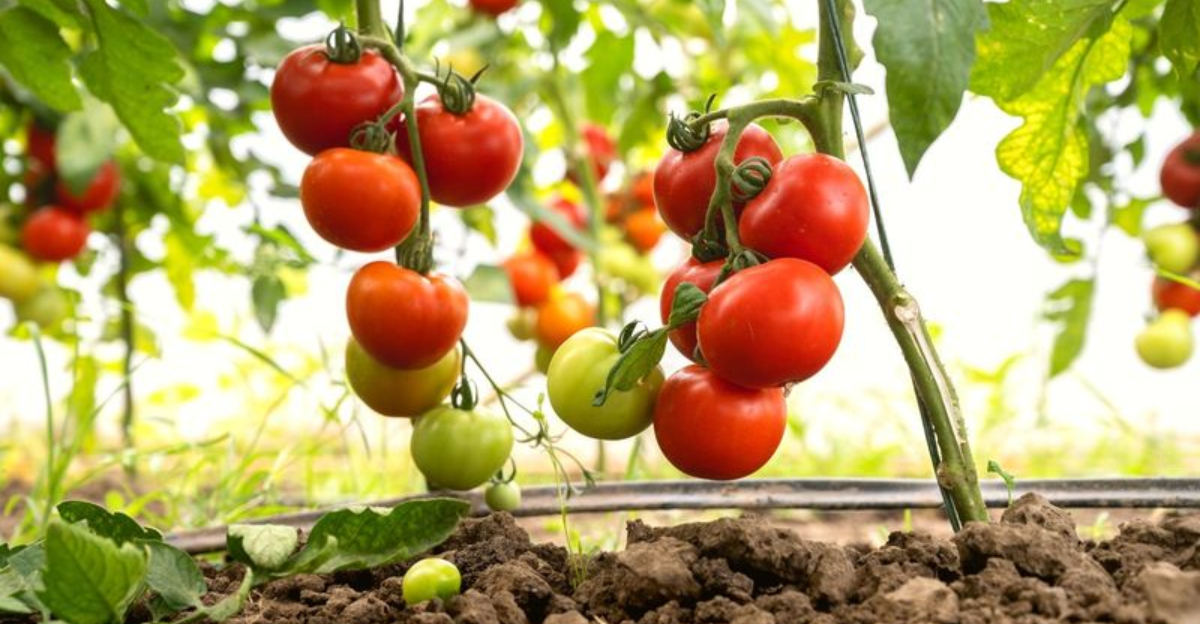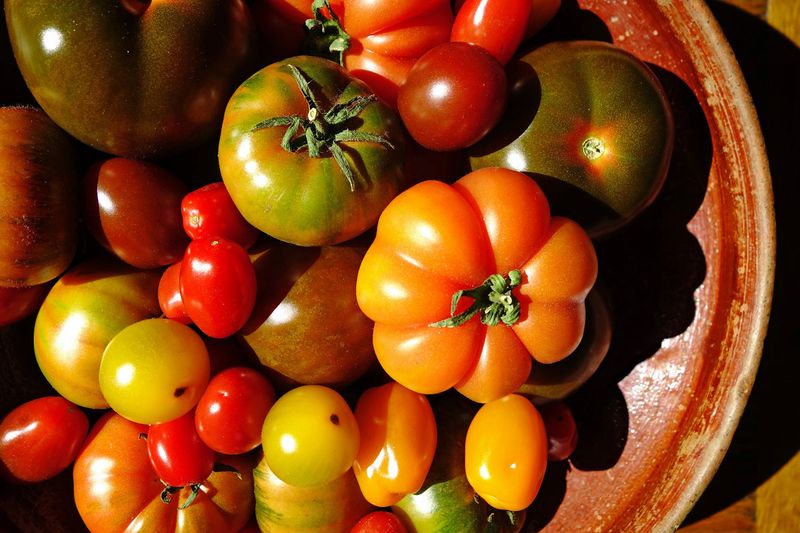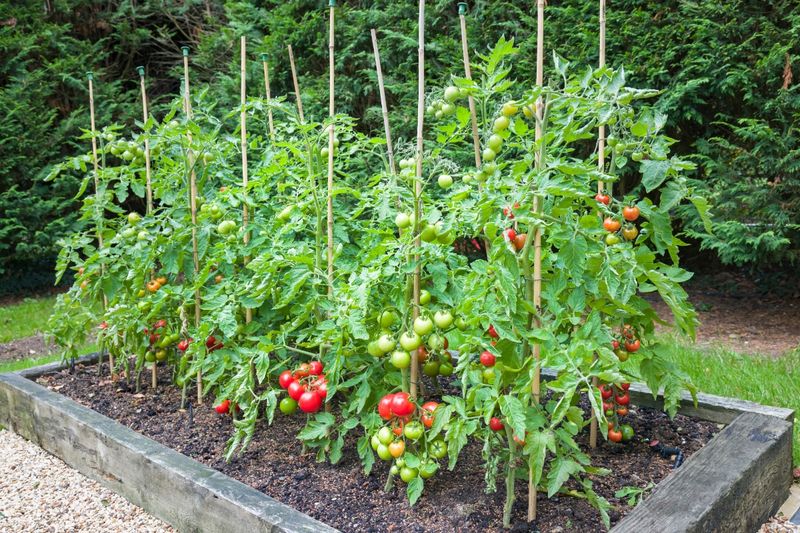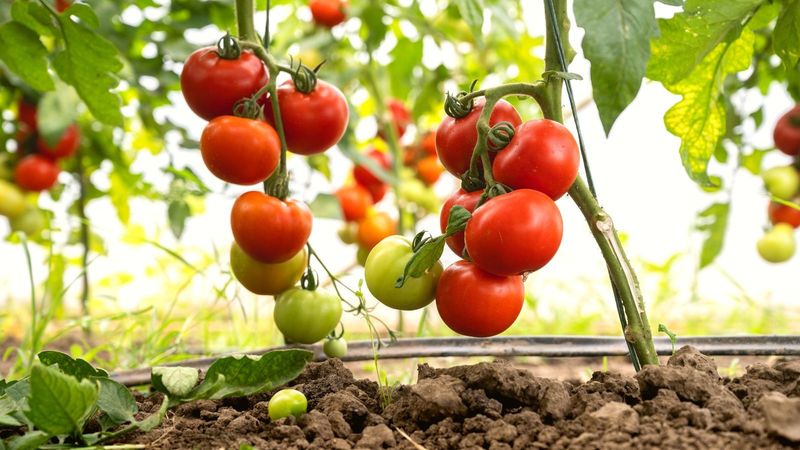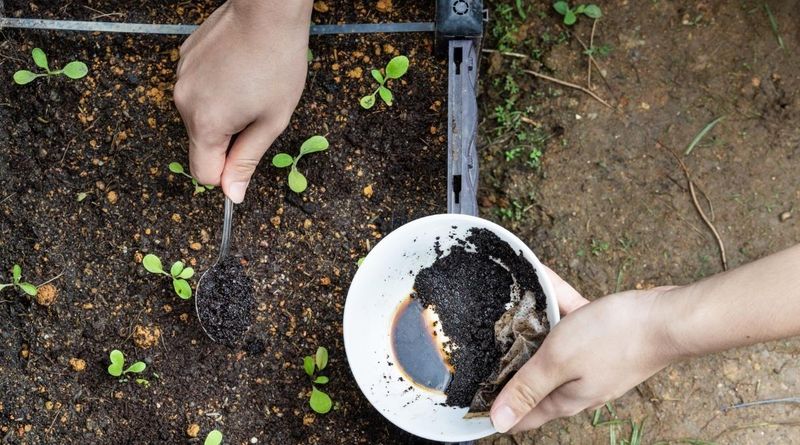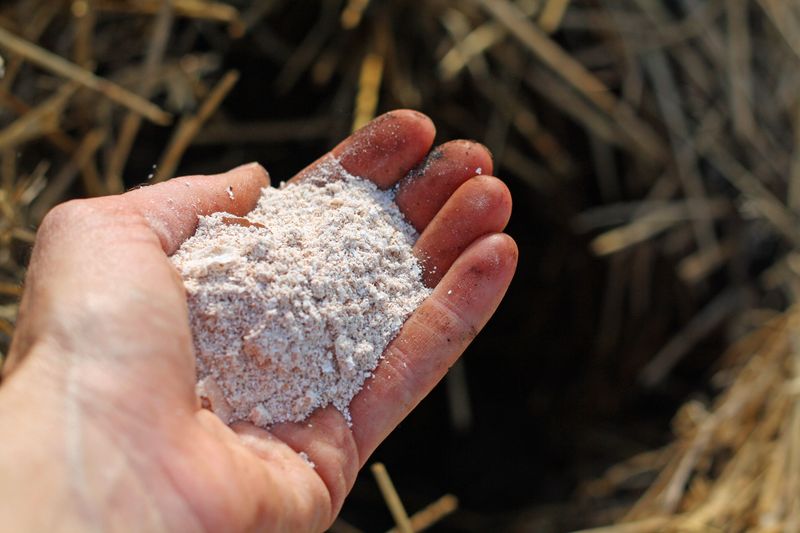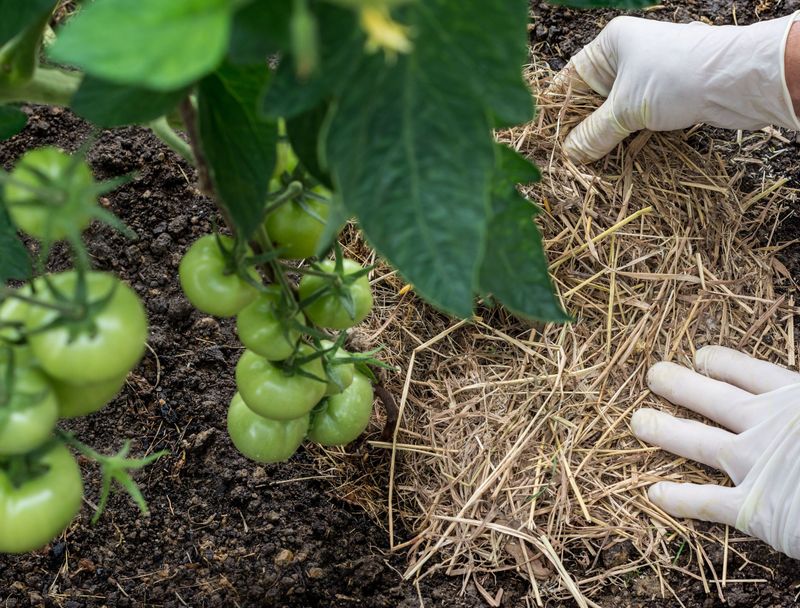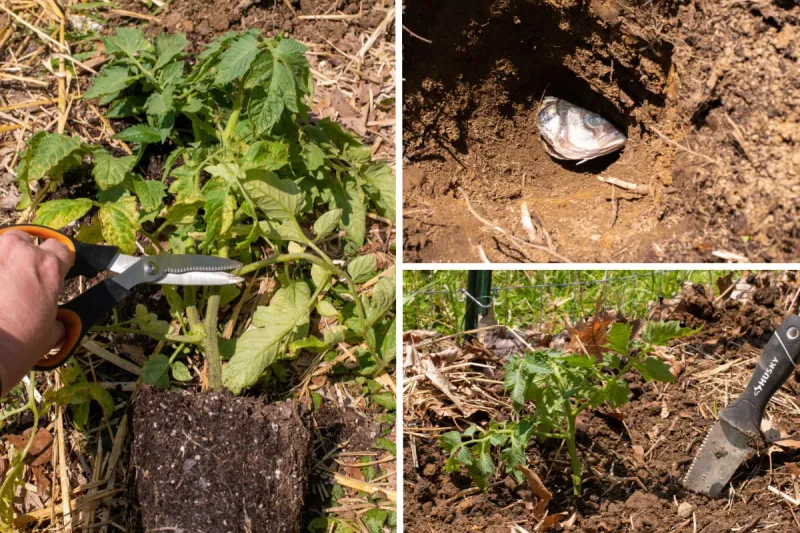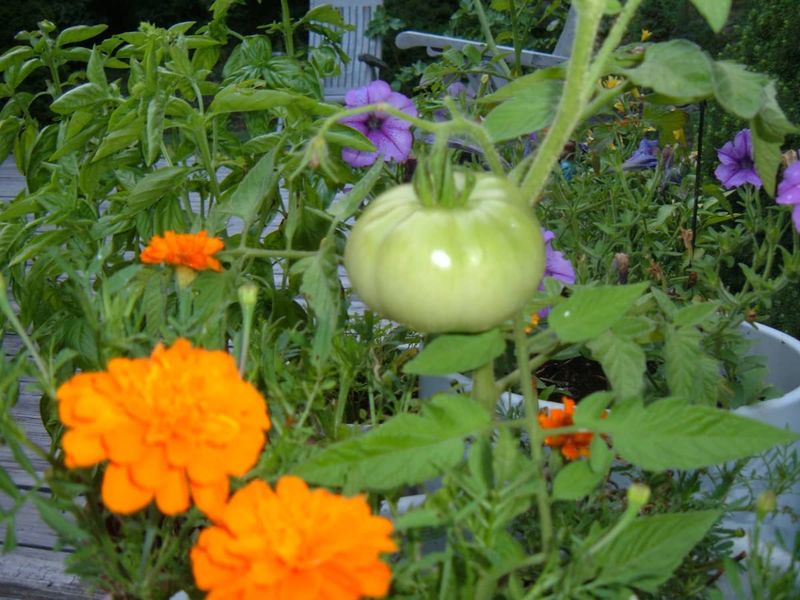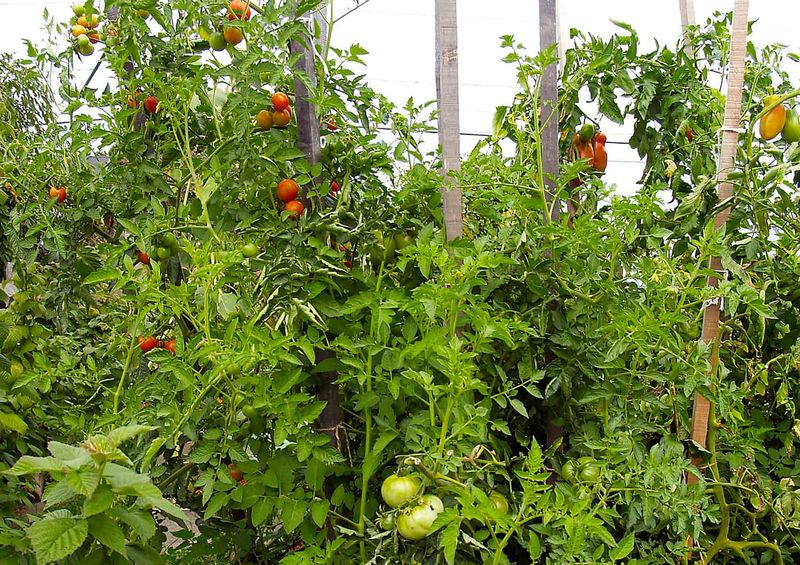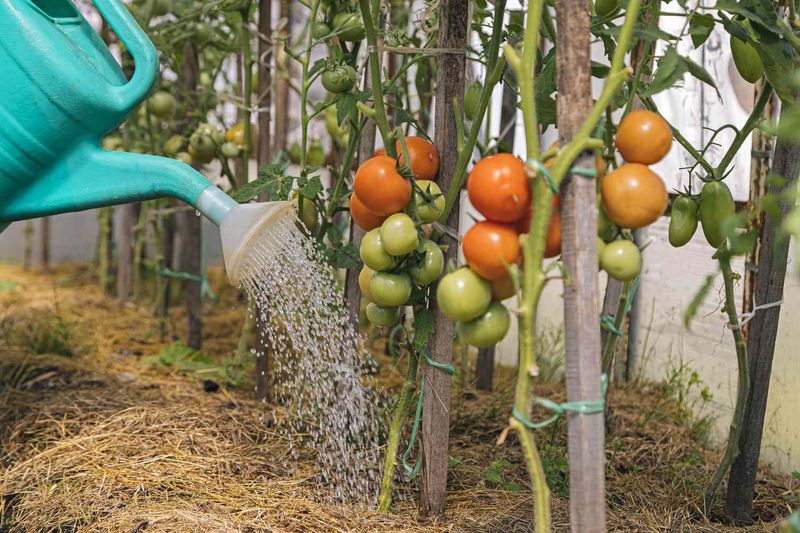Growing tomatoes quickly can be both an art and a science. Whether you’re a seasoned gardener or a curious novice, these tips offer a mix of traditional wisdom and quirky creativity to speed up your tomato harvest.
From conventional fertilizers to eccentric rituals, there’s something here to inspire every green thumb. Explore these ten unique and engaging strategies designed to boost the growth of your tomato plants.
1. Choose the Right Variety
Selecting the right tomato variety is crucial for a faster harvest. Opt for early-maturing varieties like ‘Early Girl’ or cherry tomatoes. These types are bred to produce fruit more quickly, allowing you to enjoy fresh tomatoes sooner in the season.
For those new to gardening, heirloom varieties also offer a rich flavor profile. Though they may take a bit longer to mature, their taste is often unmatched.
When choosing seeds, consider your local climate and growing conditions to ensure optimal growth and yield.
2. Optimize Soil Conditions
Healthy soil is the foundation of a thriving tomato plant. Begin by testing your soil’s pH; tomatoes prefer a slightly acidic environment with a pH between 6.0 and 6.8. If your soil is outside this range, amendments like lime or sulfur can help balance it.
Incorporate organic matter such as compost or well-rotted manure to improve soil structure and nutrient content. This practice enhances water retention and provides essential nutrients to the plants.
Regularly aerating the soil will also promote better root growth and increase oxygen availability, contributing to faster plant development.
3. Talk to Your Tomatoes
Have you ever chatted with your plants? Some gardeners swear by it, claiming that talking to your tomatoes can encourage them to grow faster.
Engaging in daily conversations could supposedly stimulate growth by improving your mood and creating a positive environment. Imagine a friendly chat over morning coffee, sharing your day’s plans and dreams.
While it might feel silly, the laughter might just be the secret ingredient your tomatoes need. Embrace this unconventional method and you might find not only thriving plants but also a newfound friendship with your garden.
4. Coffee Grounds Boost
Coffee lovers, rejoice! Your morning ritual might just benefit your tomatoes too. By sprinkling used coffee grounds around the base of your plants, you can provide a slow-release nitrogen boost.
This organic material enriches the soil and helps retain moisture, giving your tomatoes a natural edge. Plus, it’s an eco-friendly way to recycle waste. Just be cautious not to overdo it, as too much can affect soil pH.
A cup or two a week should do the trick, balancing your garden’s needs with your coffee consumption.
5. Eggshell Fertilizer
Eggshells are more than just kitchen waste; they can be a secret weapon for your tomato plants. Crushed eggshells contribute calcium to the soil, preventing blossom end rot and strengthening plant cell walls.
Collect and clean eggshells, then grind them into a fine powder. Sprinkle this calcium-rich dust around your plants, integrating it into the soil with gentle watering.
This simple, natural method not only recycles waste but also nurtures robust, healthy tomatoes. A little effort and some breakfast leftovers can lead to a bountiful harvest.
6. Use Mulch Effectively
Mulching is a powerful tool for boosting tomato growth. It helps retain soil moisture, reducing the need for frequent watering, and suppresses weed growth that competes for nutrients.
Organic mulches like straw or shredded leaves gradually decompose, adding nutrients back into the soil. This process not only nourishes your plants but also improves soil structure.
Applying mulch also stabilizes soil temperature, protecting roots from extreme heat and promoting consistent growth all season long.
7. Bury Fish Scraps
Fish scraps, a time-honored gardening secret, can provide essential nutrients for your tomato plants. Burying these scraps deep in the soil ensures a slow-release of nitrogen and phosphorus, crucial for healthy growth.
As the fish decomposes, it enriches the soil, fostering an environment ripe for thriving plants. Just ensure that the scraps are buried well to avoid attracting unwanted wildlife.
This ancient technique connects you with nature, using the cycle of life to nourish your garden. Engage with this method and witness your tomatoes flourish.
8. Companion Planting with Basil
Basil isn’t just a delicious herb; it’s a perfect companion for your tomato plants. Planting basil nearby can enhance tomato growth by repelling pests and attracting beneficial insects.
The aromatic oils in basil deter aphids and other harmful bugs, providing natural protection. Moreover, basil’s presence is said to improve the flavor of tomatoes, offering a double benefit.
Maintain the right spacing to ensure both plants have room to grow. This harmonious pairing turns your garden into a thriving, flavorful ecosystem. Enjoy the symbiosis and the delightful aroma as you nurture both plants together.
9. Urine Fertilization
It may raise eyebrows, but using diluted urine as fertilizer is gaining traction in some gardening circles. Rich in nitrogen, phosphorus, and potassium, urine can provide essential nutrients to tomato plants.
Dilute it in a ratio of 1:10 with water and apply it to the soil. Ensure you use fresh, healthy input, and avoid using it on edible leaves. This method not only recycles waste but also offers a sustainable, cost-effective solution.
Embrace this unexpected technique and observe how it contributes to your tomato plants’ vibrant growth.
10. Proper Watering Techniques
Consistent and efficient watering is vital for tomato plant health. Drip irrigation is an excellent method, as it delivers water directly to the roots, minimizing evaporation and ensuring each plant receives adequate moisture.
Avoid overhead watering, which can promote leaf diseases. Instead, water at the base of the plant to keep foliage dry and healthy.
Consider using a rain gauge to track natural rainfall. This tool helps you adjust your watering schedule according to weather conditions, preventing over or under-watering.
